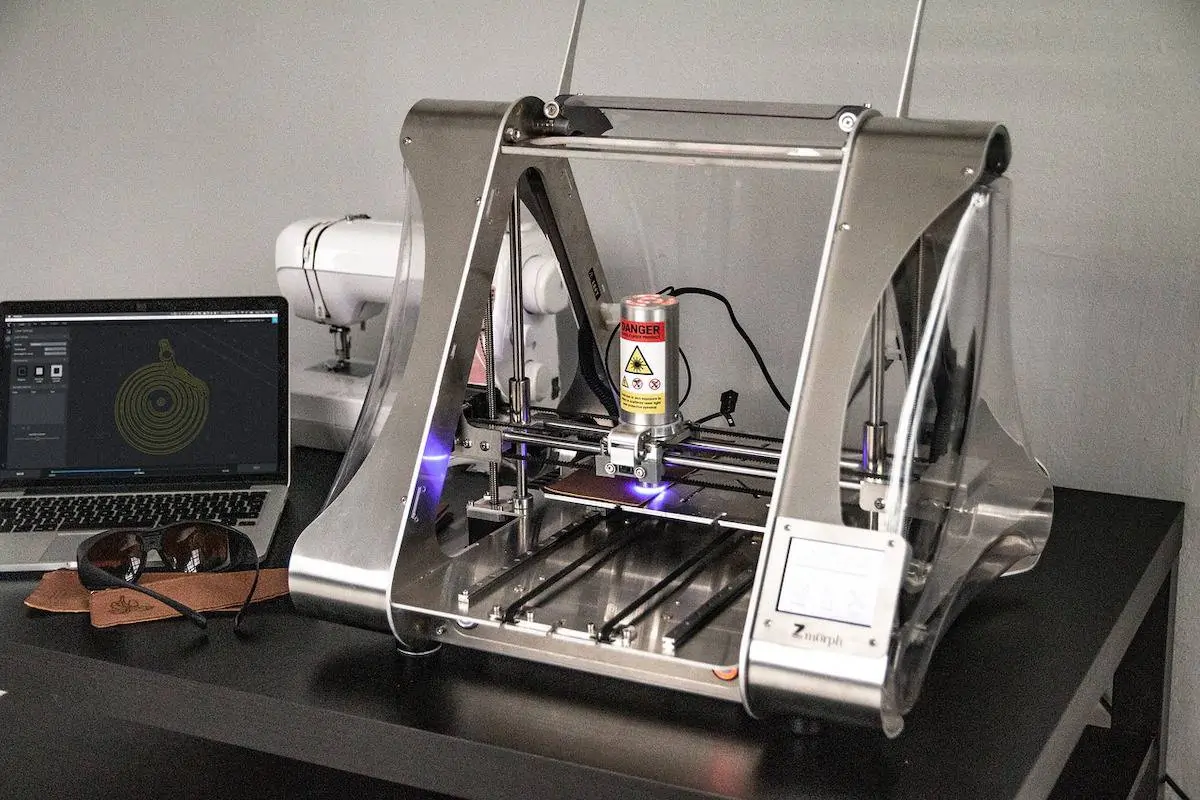In the past people could be forgiven for thinking 3D printing was ‘for the future’. The pandemic changed all that dramatically. 3D printing is changing global Supply Chains.
The desperate dash to produce a vaccine quickly and cost effectively, and in sufficient quantities to a global population became mission critical.
Producing PPE equipment, such as face masks and spare parts for ventilators, all needed to be done speedily, efficiently, and with worldwide collaboration. Local production was also a factor.
Traditional manufacturing and the global supply chain were suboptimal in solving such a crisis. Traditional (subtractive) manufacturing processes were the antithesis of what was required – efficacy, efficiency, and local production with design flexibility embedded.
This was the seminal moment when additive manufacturing (3D printing) changed global supply chains forever.
Traditional (Subtractive) vs 3D (Additive) Manufacturing
Subtractive manufacturing has the following general characteristics:
- It relies on volume and mass production
- It requires high numbers of low skilled workers
- Countries with higher wages are at a disadvantage for production
- High wastage of raw material
- Heavy transportation costs and vast warehousing in a central location
- Slow response times for changing designs.
Additive (3D) manufacturing however offers:
- Production according to needs – high or low volume, and customised according to demand
- Production can be done by fewer skilled workers
- Products can be designed anywhere in the world and printed locally in another location.
- Geopolitical factors are largely irrelevant
- Much less wasted raw material and far more sustainable
- Fast response times according to demand; design and production is adaptable.
The Effects of These Differences in Practice
The global pandemic illustrated the differences between the above methods in a striking way.
3D printing enabled the medical profession to have equipment for both staff and patients manufactured quickly and produced locally. From masks to ventilators, 3D printing directly saved lives.
How 3D Printing Will Influence the Global Supply Chain in the Future
More than 94% of Fortune 1000 companies reported that the crisis was having a major impact on their supply chain. Therefore, the pandemic highlighted the limitations of traditional methods, in particular their lack of agility.
The pandemic has proved to be a pivotal transition point for certain sectors of manufacturing. It has given us a laser-like spotlight on the endemic weaknesses of traditional thinking and methods.
It appears that 3D printing technology will affect the global supply chain in the following basic ways:
- Increased sustainability: An unexpected impact of the pandemic has been to raise awareness of climate change, CO2 emissions and sustainability generally. Sustainability has moved from ‘nice to have’ to ‘imperative’. There is now a demand for less waste and less transportation, all of which can be achieved by 3D printing for the reasons already outlined. In the UK, many tenders now lean heavily towards sustainability as deciding criteria on winning bids. It is a commercial ‘must have’. This is a game changer for global supply chains.
- Demand response requirements: There is now an ever-increasing demand for customised products produced quickly. This is prevalent for example in the modular housing industry. Now design and technical teams globally can interact and exchange information digitally, with production taking place locally and tailored to local requirements. In the US, research is being conducted on making loadbearing structures from soil using 3D printing technology. Imagine the effect this would have on the construction industry.
Removes location and geopolitical constraints: The arbitrage advantage of low cost countries will weaken as the actual location point for manufacture will be less important and will need less infrastructure and storage of products. We will see a move from mass production in low cost countries to smaller localised hubs. - Enhanced collaboration: Designers, engineers and marketers can now work together offsite digitally. There is an increased opportunity for businesses to collaborate on projects and to form partnerships for reciprocal benefit. This could be especially true in industries where geographical location demands customisation of product. Thus the old and relatively slow-to-respond supply chain will become faster to respond, and value can be delivered with fewer logistical problems.
Revolutionising Global Supply Chains
In summary, 3D printing will revolutionise global supply chains in the not too distant future.
Nothing convinces people like actual evidence. Everybody likes to see proof before belief.
2020 was the year that highlighted the inextricable link between 3D technologies and a changing global supply chain. 3D printing is changing global Supply Chains.


 EBOOK HERE
EBOOK HERE
Good overview, echoing the points that I made in my book, “Supercharg3D: How 3D Printing Will Drive Your Supply Chain”, published in 2019 by Wiley.